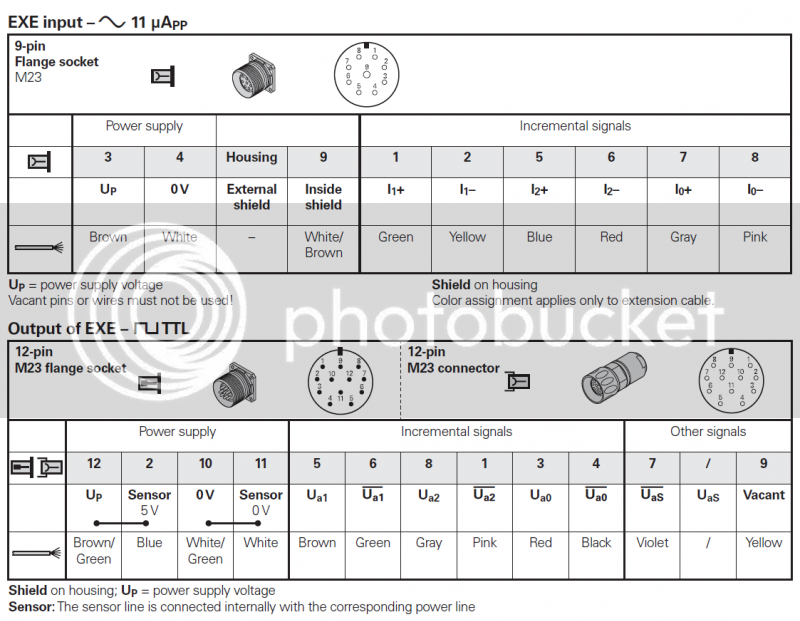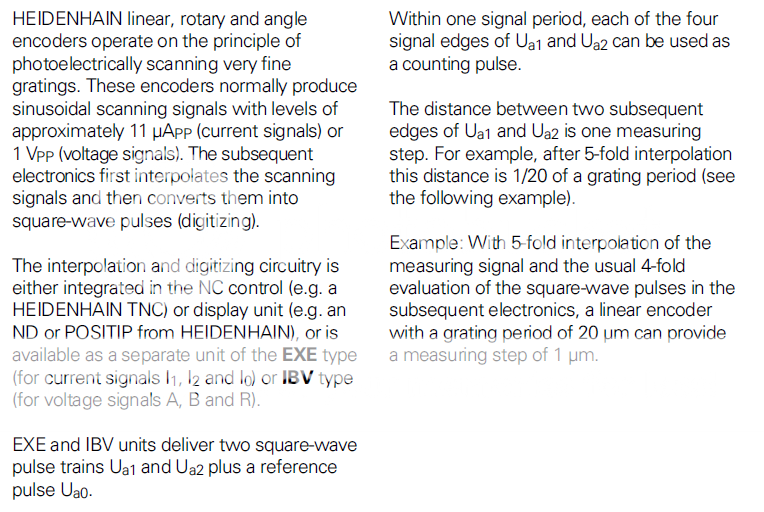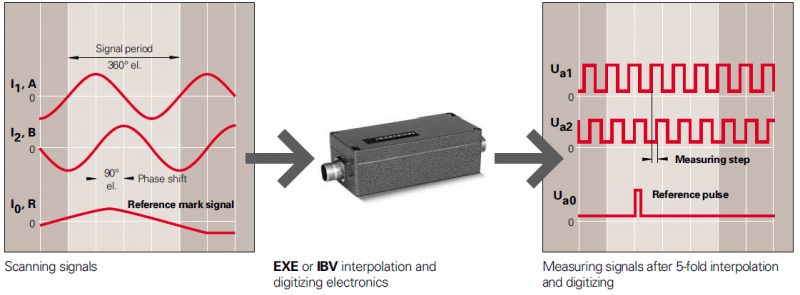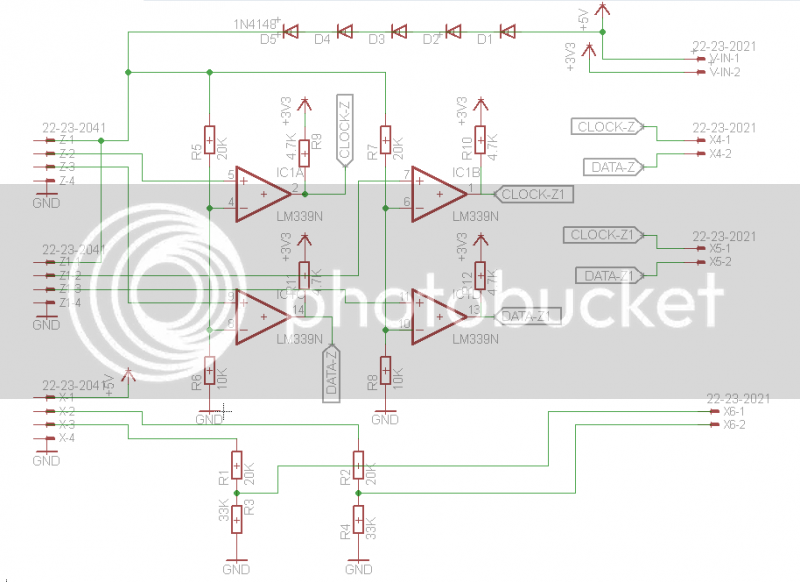Holt
Well-Known Member
- Joined
- Oct 14, 2010
- Messages
- 164
- Reaction score
- 4
Its been a while since my last thread, http://www.homemodelenginemachinist.com/f28/i-stole-lathe-16864/ and this is about the same lathe, I have been wanting DRO from the start, but have run into problems every time, I would of course prefer glass scales, but a 1.3 m glass scale for the main sattle is out of my league, I have seen some DRO sets using cheap Chinese digital calipers, which I think is precise enough for my use, the problem is the longest versions is 600 mm.
I then came across these replacement sensor strips for a Wixey saw.
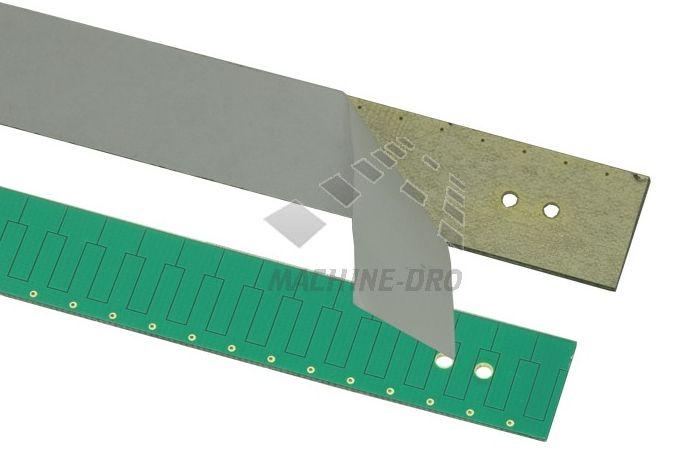
They come in 800 mm lengths and two can be joined to 1600 mm length and have the exact same pattern as a digital caliper.
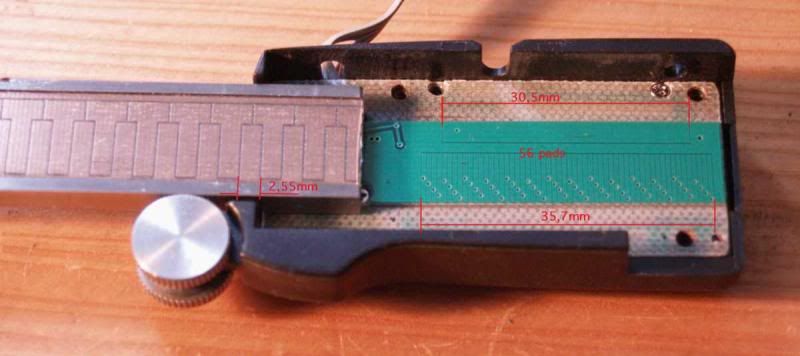
(photo from YADRO's home page)
I have read about people mounting these strips, but never heard if they worked satisfactory in the long term, anyone know about that?
If this is the way to go I would probably use them with this setup:
http://www.yuriystoys.com/p/android-dro.html
Holt
I then came across these replacement sensor strips for a Wixey saw.

They come in 800 mm lengths and two can be joined to 1600 mm length and have the exact same pattern as a digital caliper.

(photo from YADRO's home page)
I have read about people mounting these strips, but never heard if they worked satisfactory in the long term, anyone know about that?
If this is the way to go I would probably use them with this setup:
http://www.yuriystoys.com/p/android-dro.html
Holt
Last edited:





